Deborah Moebes of Whipstitch is an excellent sewing instructor who showed us how to make In-Seam Pockets with French Seams. We asked her to tell us a little about her Slow Sewing experiences for our ongoing series. Here are her thoughts on why it’s worth it to sew a hem by hand! Deborah has lots of great links for further reading too…
I love a good double-turned hem sewn on the machine.
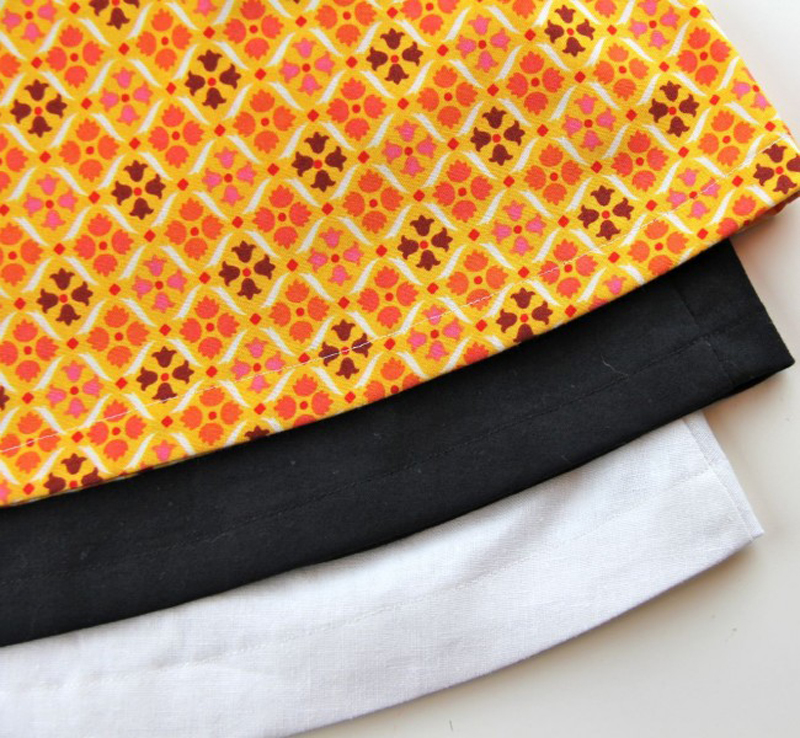
They’re quick and simple and easy, and work for almost any garment. Sometimes, though, a garment or a fabric is so special that it deserves a hem that’s a little more special. Sometimes, even though I know it will take longer, I think a garment is deserving of the extra time that sewing the hem by hand will require. Sometimes, a finished piece just wouldn’t be right if I didn’t thread a needle and draw it through that hem while sitting quietly on a stool and taking my time.
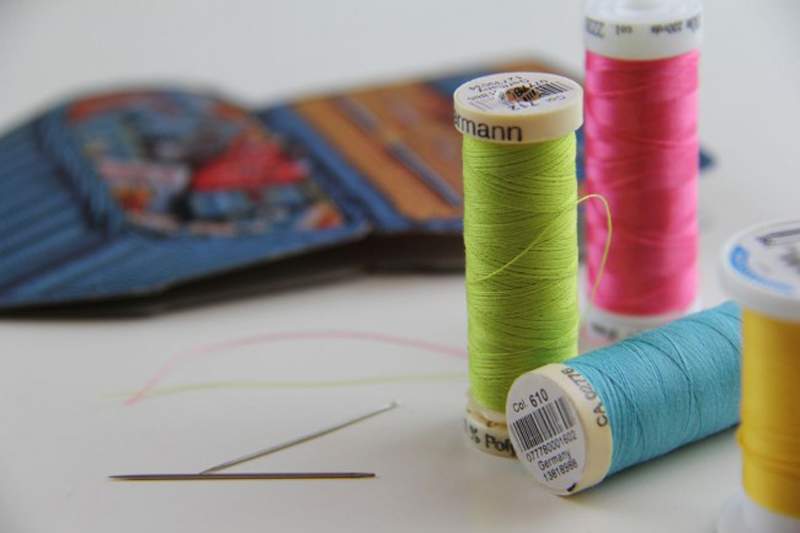
Hand-sewn hems are almost always special. Maybe that’s because we know they take longer. Maybe that’s because we know they can’t be stitched assembly-line style, one after another, a dozen an hour. Maybe it’s because, with the fabric inches from your eyes, you are putting just that tiny bit more heart into the sewing, and it shows later. When we look at couture garments, invariably a hand-sewn hem is part of what sets them apart and gives us a greater sense of value. I suspect it’s this, in part, that makes so many of us avoid sewing hems by hand, or causes folks to assume that a hand-sewn hem is a skill that’s beyond them. Fear not, little stitcher! A hand-sewn hem is within your reach, and it won’t take nearly as long as you might think.

A hand-sewn hem can be a double-turned hem– the process of pressing up the hemline and preparing the garment to be hemmed is identical. It’s just the means of putting in the stitches that’s different. Which means, for you, that if you can hem a garment by machine, you can easily hem it by hand. And if you CAN’T hem a garment by machine, but know how to use a hand needle, you’re halfway there.

The other major benefit to hand-sewn hems is the ability they give you to make the stitches on the exterior of the garment invisible. Now I realize you can also achieve an invisible hem with your machine using a special stitch, and I love that stitch. But those hemline stitches are never nearly as invisible as the ones you can sew with a single needle, and they lack the sense of quiet investment that I feel when I finish a garment by hand. When I made the sample skirts for my Craftsy class, I made choices about what hems to include on each skirt; as you can imagine, there were a LOT of skirts and not a ton of time to prepare them. For most of the skirts sewn from quilt-weight cotton I went with my standard double-turned hem, and it worked great. For the plaid wool skirt, pictured below, I knew that wouldn’t do. I knew that the plushness and pile of the fabric would make every single stitch show horribly, and that I’d end up with a giant vertical line across the lower edge of the skirt if I attempted to mail it in and sew it by machine.
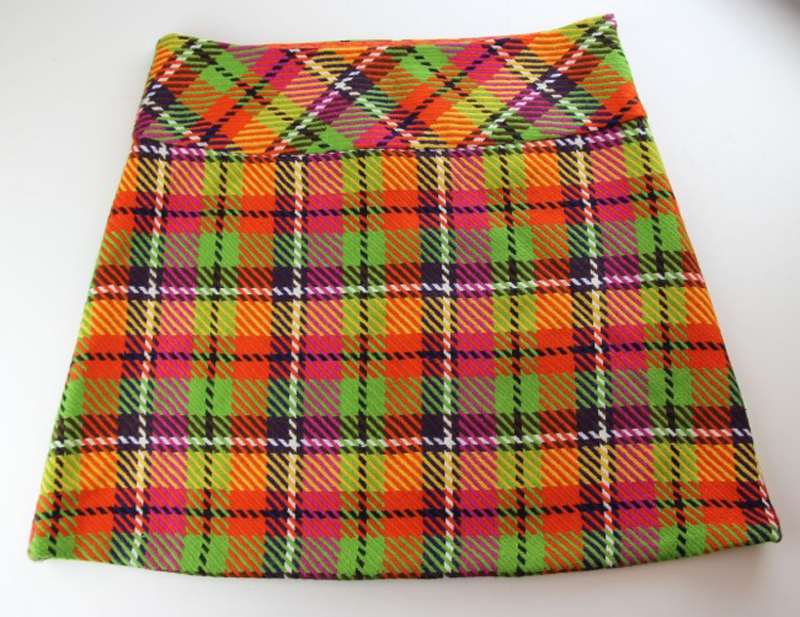
So I opted to hand-sew the hem on this one. Likewise this worsted wool plaid, which is much lighter in weight and less plush, but equally indulgent and soft to the touch.
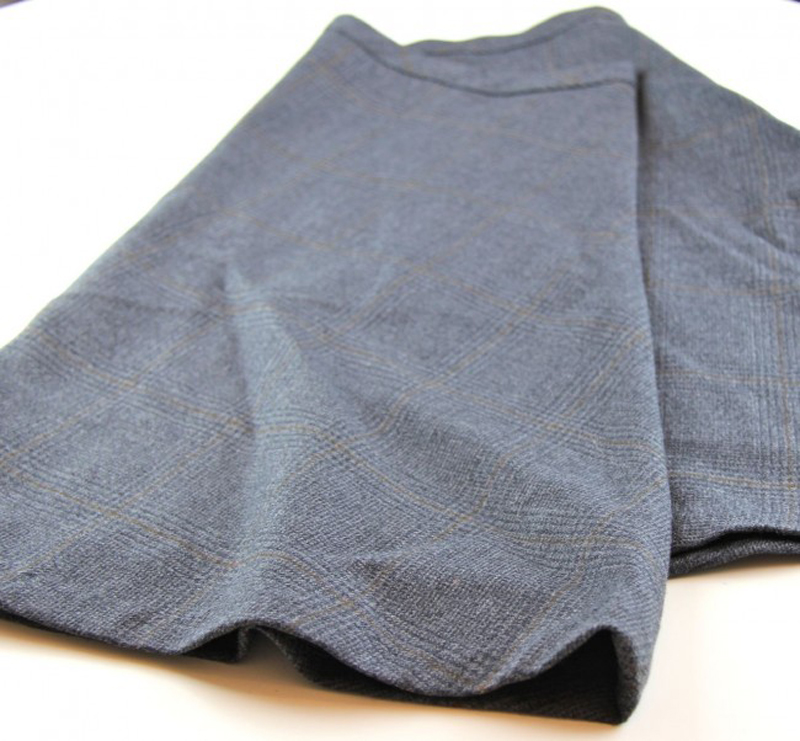
The tiny bit of extra time spent hemming this skirt was worth every second. It was quiet, it was meditative, and it was repetitive; a perfect combination for bringing stillness when I was in the middle of a deadline. And maybe that’s what makes hand-sewing a hem so valued, in a way– in a different way, really, than even other forms of hand sewing. We don’t HAVE to sew a hem by hand. We can do it in other ways, ways that are faster and easier and less challenging. But the act of sitting down, setting aside the time (even when you think you might not have it), and investing in a hem (an element that is largely invisible and is meant to be, because your hem is rarely the star of any show), sets that time apart and makes it meaningful. Our days and lives are filled to bursting with things demanding our attention, and not all of them are worthy of it. Making the act of sewing a humble hem special is a gesture of consideration and care that benefits the maker and the receiver, and that is given again in tiny bits each time the garment is worn.
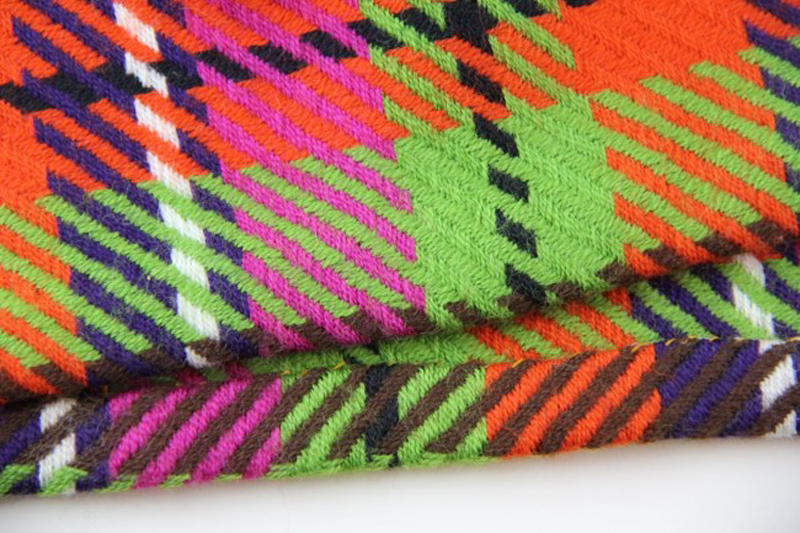
There are some who think hand-sewing a hem is wasted time. I want you to consider that perhaps it is FOUND time, a few minutes (fewer than you might think, and they really do fly by) invested in an act of thoughtfulness, minutes that will reappear as if by magic when that garment is worn. Because every time I step into one of these skirts, I am reminded of the calm and peace I felt while sewing those hems (which sounds super crunch-granola-touchy-feely, I know). It’s as if the skirt is more special because I invested in it, and I get a flash of that when I put it on; just for a breath my day stops whizzing past me, and I remember that this moment is special and I am worth a little extra time. Even when it’s spent on a simple hem.
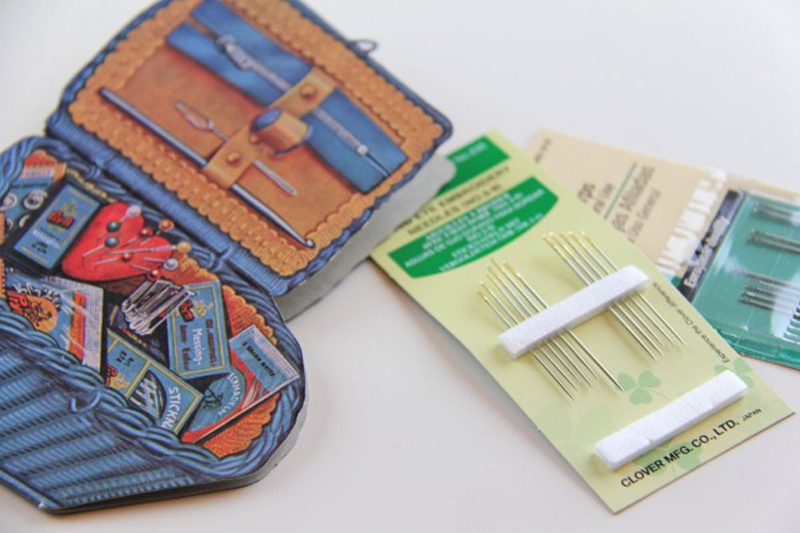
There are a zillion awesome resources out there to learn to sew a hem by hand. I tend to use a whipstitch to hand-sew hems, because I like the whipstitch best. Other folks love a slipstitch, and prefer to use that. You’ll find as you browse these tutorials and look at various samples that some folks feel there is a “correct” way to sew a hem by hand, and others (including me) suspect that there are some ways that are better than others, but no hard-and-fast rules.